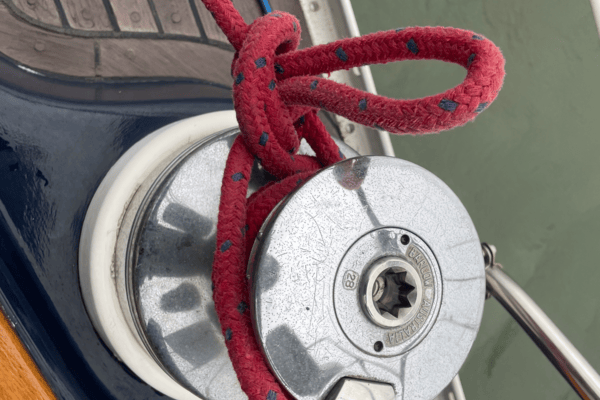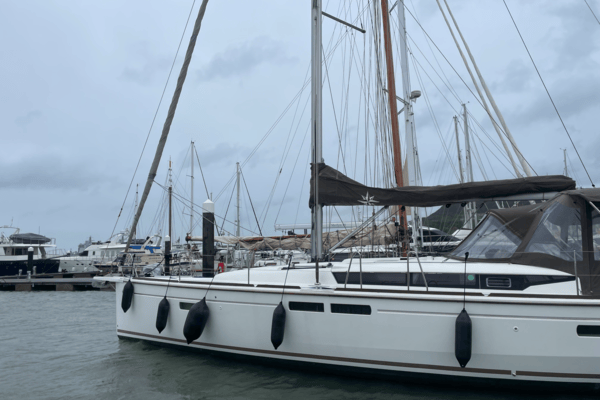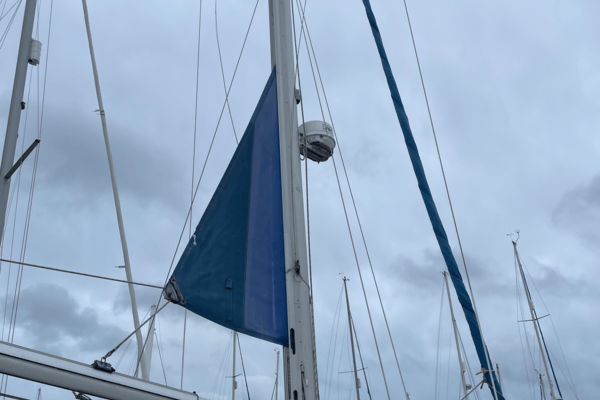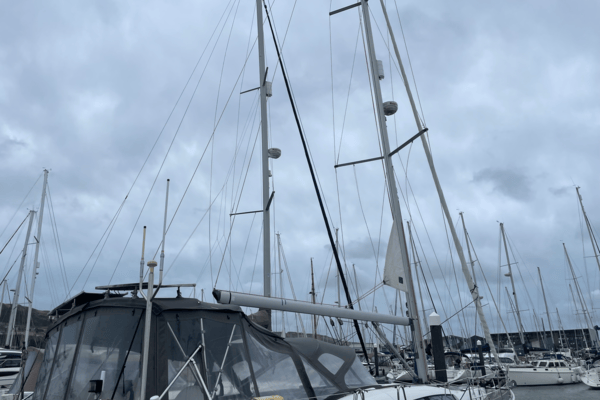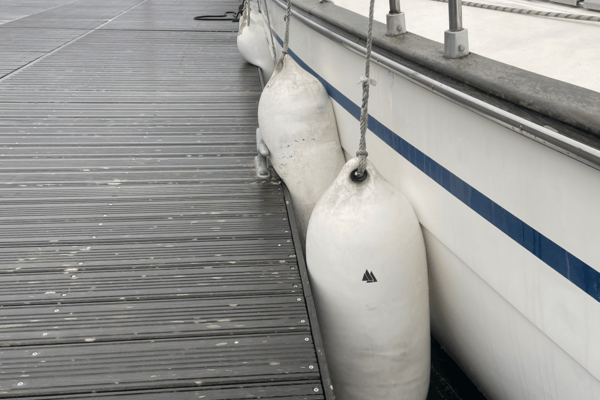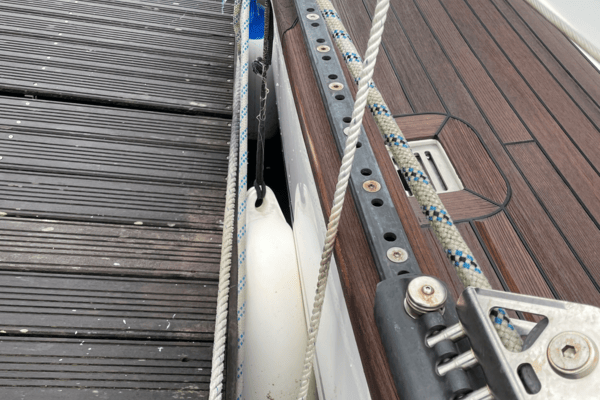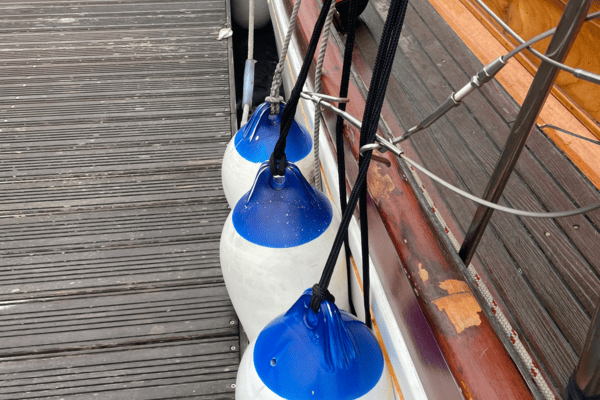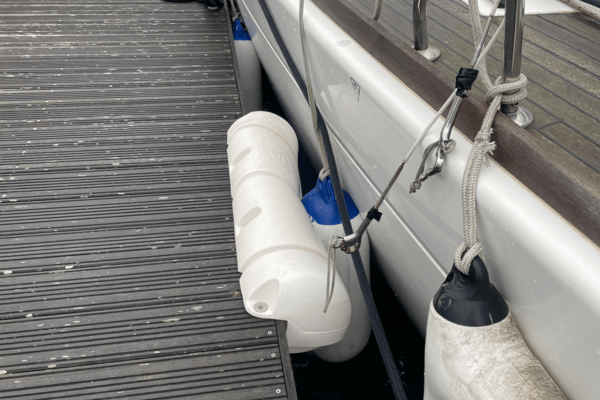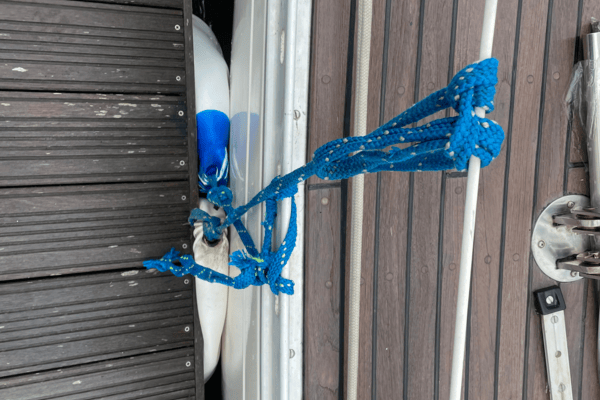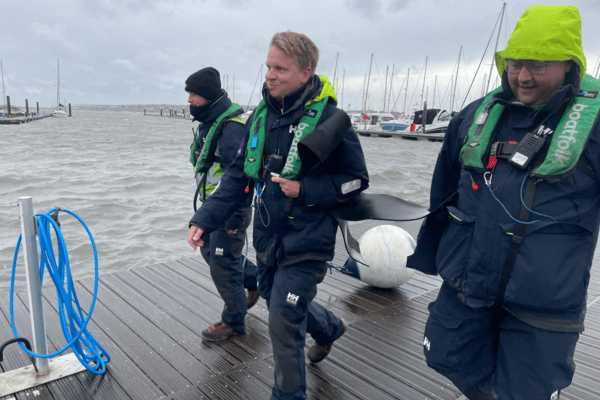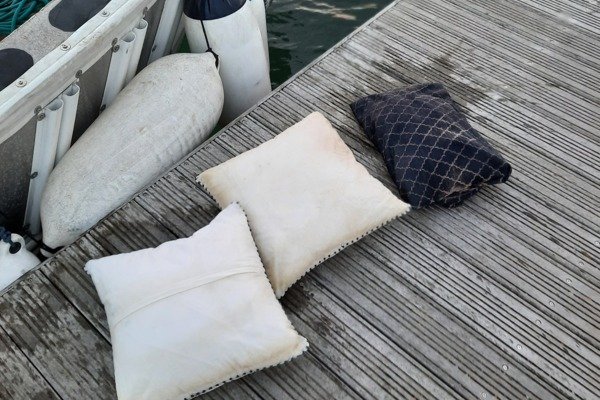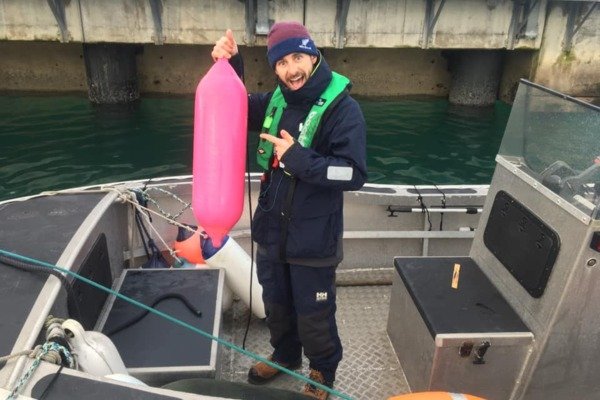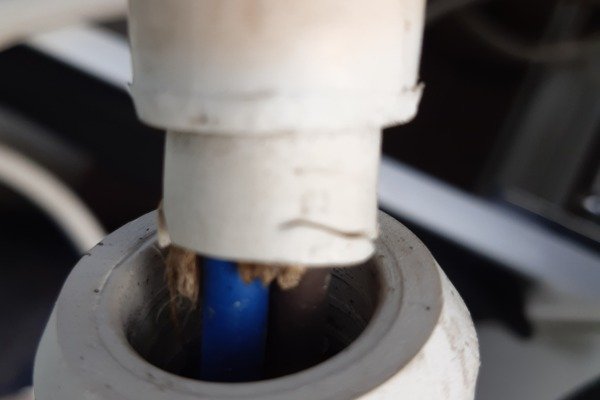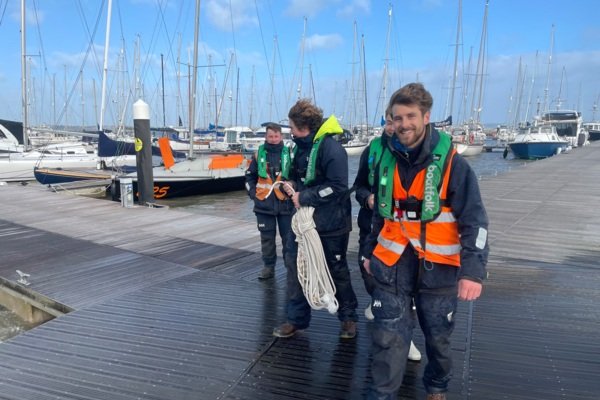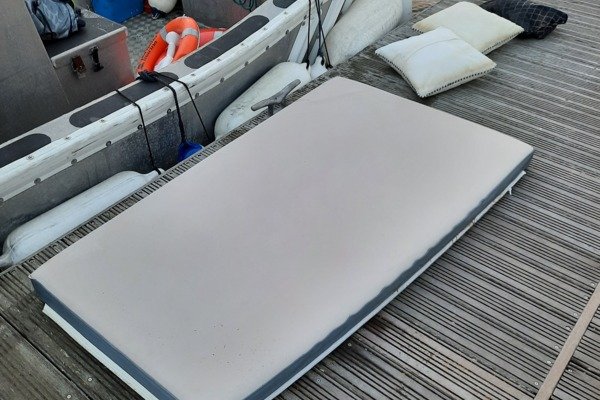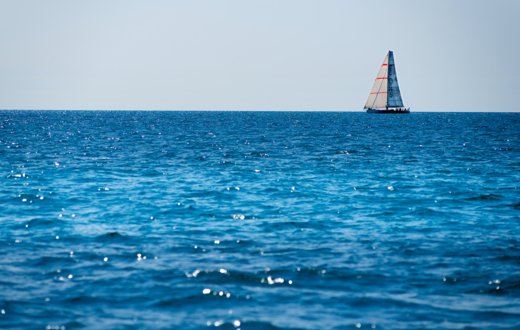-
Bangor Marina Bangor, Northern Ireland
-
Conwy Marina Conwy, North Wales, Wales
-
Deacons Marina River Hamble, Southampton, England
-
East Cowes Marina East Cowes, Isle of Wight, England
-
Haslar Marina Haslar, Portsmouth Harbour, England
-
Penarth Marina Penarth, Cardiff, Wales
-
Portishead Marina Portishead, Bristol, England
-
Portland Marina Portland, Dorset, England
-
Rhu Marina Rhu, Firth of Clyde, Scotland
-
Royal Quays Marina Royal Quays, North Shields, England
-
Weymouth Marina Weymouth, Dorset, England
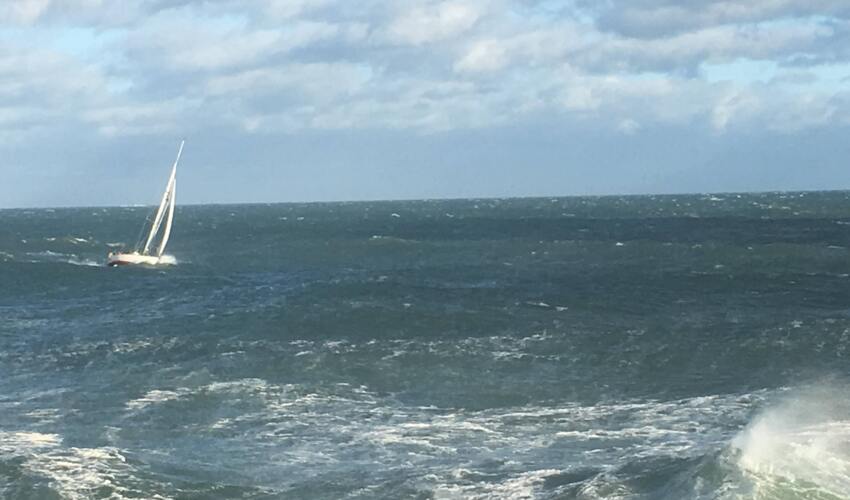
1st November 2021
Portland
Weathering The Winter
We get some good blows all year round at Portland, but during the winter the colder temperatures mean the wind is denser and packs more of punch.
Our Berthing Masters are out on the pontoons several times a day (sometimes all day!) during bad weather ensuring all boats are riding out the winds safely and not trying to break free. During every storm we put out additional fenders and lines to replace those which have popped or snapped and in the aftermath retrieve various items from the breakwater. Being prepared is key to avoiding damage to your boat and there are several things you can do to help us keep your pride and joy safe during the inevitable winter winds;
Sails & Canvas
Taking your sails off the boat and stowing them securely ashore for the winter gives you peace of mind in a blow and extends their life span. Our local sailmaker, Moatt Sails, offer a great laundry and storage service so you don't even need to find space for them in your loft!
-
Remove your headsail. Flogging headsails cause damage to sails and rigs and dealing with them is difficult and dangerous for the marina team. If you decide to leave yours rigged, always ensure;
- You have AT LEAST two turns of the sheets around the sail on the forestay
- The sail is tightly and neatly furled with no baggy sections
- The sheets are pulled tight on the winches and tied off with half hitches (see photos below)
- There's still line on the furling drum so the marina team can wind it in further if needed
- The furling line is tied off with half hitches or on a cleat
- There's a sail tie around the clew of the sail and tied off on the pulpit as a back up
- Remove covers which aren't integral to the boat's security such as spray hoods and dodgers. They're just adding windage and reducing their life span.
- Secure any covers which must be left on with additional lines or fittings if necessary and tie shut zips.
With the rise in popularity of in-mast mainsails, it's worth considering removing these as well, as the triangle of sail left out will add to the windage and can also pull the sail loose, if not properly secured.
Lines & Fenders
How you tie up your boat is a huge factor in her riding out the storm serenely. Whilst you can't plan for every wind direction, there are several things you can do to help reduce chafe, snatching and rub damage.
- Double up lines so you have a back up if one snaps. Ensure one line is taking the load and the back up is slightly looser.
- Mooring snubbers reduce snatching and loading of cleats, see this useful guide to the different types from Practical Boat Owner.
- Protect wear points with chafe protectors either on the rope (garden hose works well, see this tip from a PBO reader) or use a pad over the wear point.
- Use the right size fenders for your boat and plenty of them! If anything, always err on the bigger side. Ensure they are tied on with more than just a clove hitch which can work loose, a couple of half hitches will help.
- Stagger fender heights so your hull is protected when she's sitting normally and when she's heeled over in gusts.
- Dock fenders can help protect the hull in places where it's difficult to position normal fenders. We can source and fit them for you, speak to the marina office for a quote.
- Don't lock your cockpit lockers! Leave at least one locker unlocker with spare lines in so the marina team can access them if needed.
Lines running perpendicular from the pontoon to the boat will significantly increase the load on cleats and fairleads, so reduce this angle by leading warps further forward or back and use springs to keep the boat from swinging out or corkscrewing (see pic below). Lead bowlines across the deck to the opposite cleat to avoid loads on fairleads and don't underestimate the importance of a breast line!
If you're being blown onto the berth, take a line from mid-ships or the bow on the windward side and run it back to the pontoon with as wide an angle as you can achieve without imposing on your neighbour's berth.
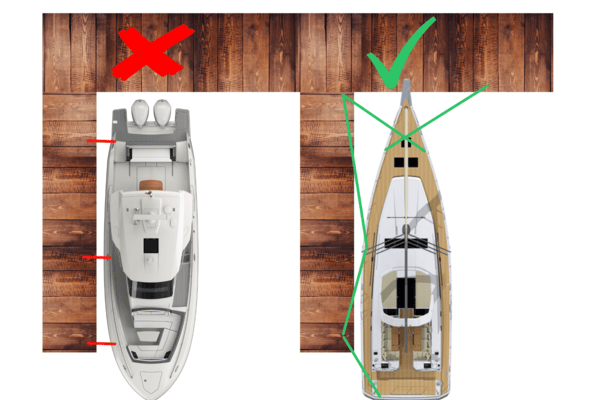
We pick various items off the breakwater after every storm, but some things are taken by the wind and disappear forever. Deflate and stow securely dinghies, boards and loose items like cushions, horse shoes, buckets and boxes.
Finally, make sure your electricity cable isn't too tight and loop it around your breast line to stop it dropping in the water. Your plug and cable should be in good condition with no nicks or bare cables visible otherwise water can get in and trip the bollard.
Now your boat is ready to weather the winter, make sure she's ready and raring to go come spring with our boatcare how-to guide on winterising your boat!















